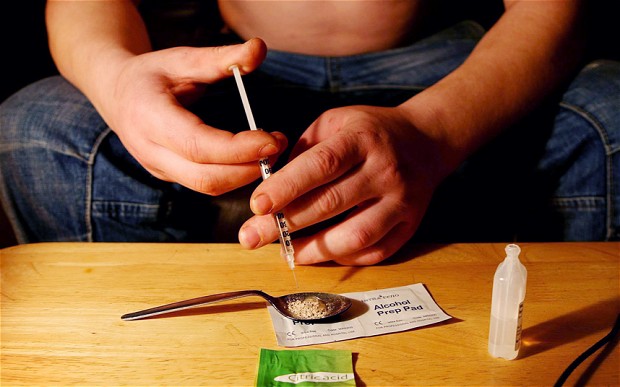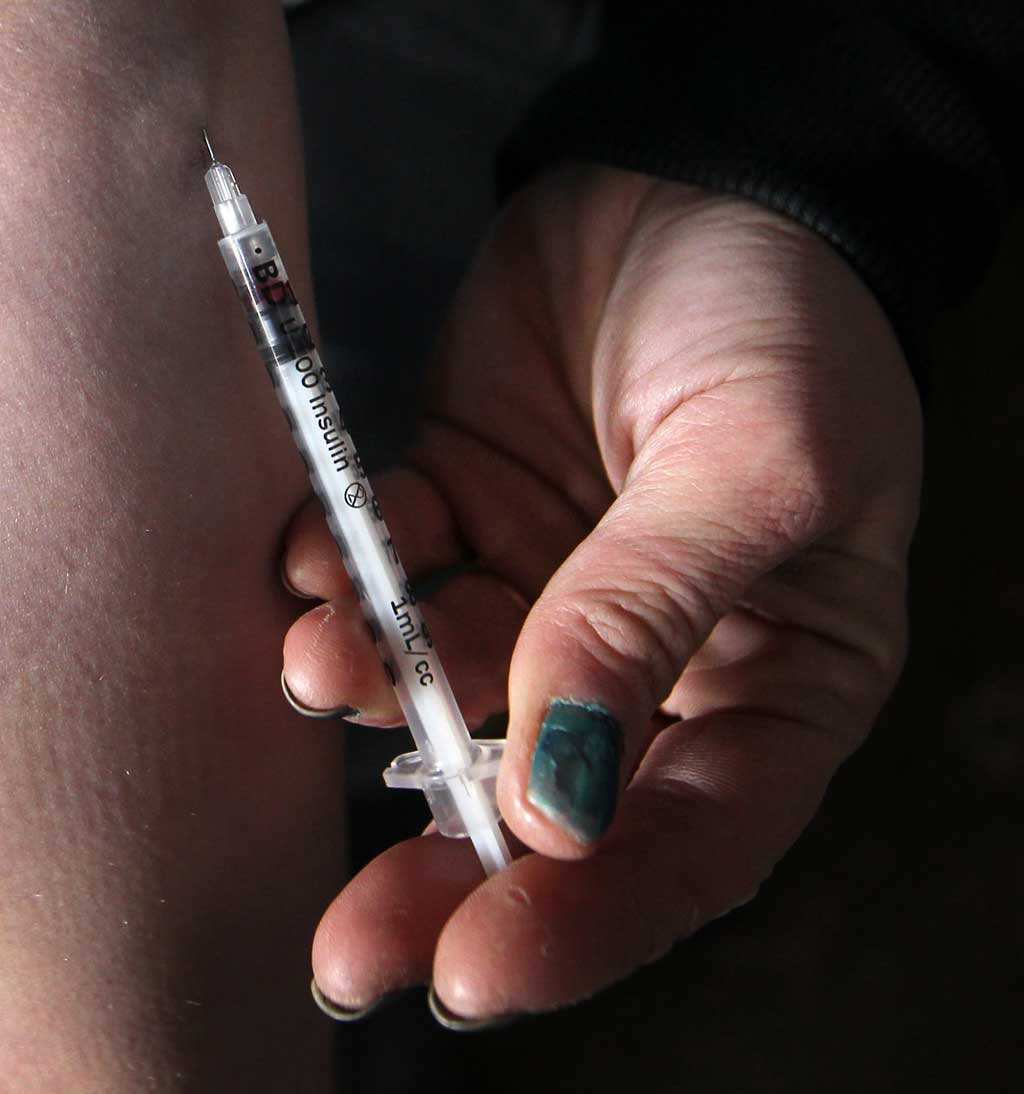Lesbian, gay, bisexual youth at increased risk of substance abuse
Young adults who identify as lesbian, gay or bisexual are at a higher risk of consuming substances such as alcohol, nicotine, and marijuana, as compared to their heterosexual peers.

Washington D.C: Young adults who identify as lesbian, gay or bisexual are at a higher risk of consuming substances such as alcohol, nicotine, and marijuana, as compared to their heterosexual peers.
A new study from Oregon State University found that polysubstance use is an issue among many youths who identify as sexual minorities, meaning they are facing added health risks.

Also Read: Legalising same-sex marriage may reduce suicide in teens
Also Read |
Lifestyle: Homosexual, bisexual older adults at higher risk for substance use
Assistant professor Sarah Dermody said, " There are also differences among the subgroups of youth who identify as sexual minorities, suggesting we need to look beyond the averages to understand what factors may be influencing substance use in this population."
Sexual minority is an umbrella term for those who identify with any sexual identity other than heterosexual or who report same-sex attraction or behavior. For the purposes of the study, the researchers focused on those youth who identified as lesbian, gay or bisexual.
"The goal of the new study was to better understand the risks associated with polysubstance use, or the use of three or more types of drugs, among sexual minority youth. It is an area of research that is largely unexamined," said Dermody.
The findings suggested that it may be a good practice for health care providers who serve these youth to conduct assessments for substance use as part of regular health screenings.
Also Read |
Individual's sexual orientation associated with eating disorders

Also Read: Lesbian, bisexual (LB) women at greater risk of diabetes
Further research is needed to determine what factors may be contributing to increased substance use among youth identifying as sexual minorities, and why those factors may impact some more than others.
The study is published in the journal- Drug and Alcohol Dependence. (ANI)
 Dynamite News
Dynamite News 